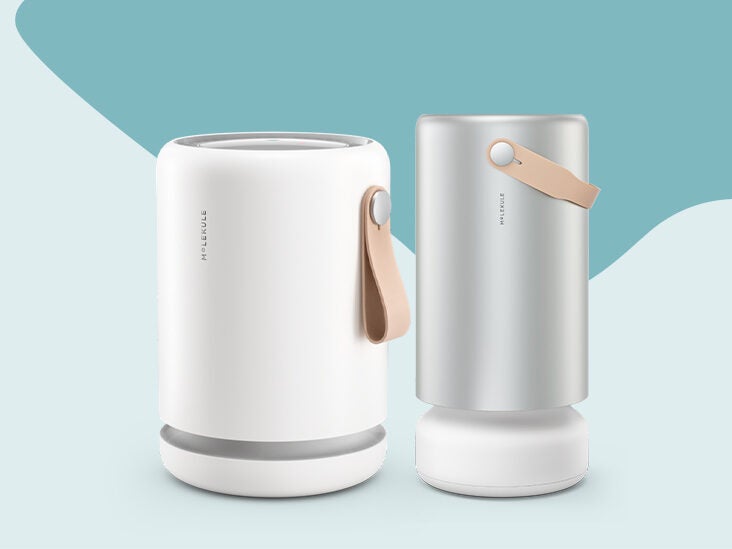Some air cleansers on the market nowadays actually pollute the air with harmful degrees of ozone, a robust lung irritant which can be specially harmful to asthma sufferers. Learn about air cleaners and find a safe, effective device that’s correct for your needs with this specific air cleanser buying guide.
Different air cleaners goal different pollutants, so it’s crucial to identify the pollutants you want to remove from your home before you buy an air purifier. Airborne Contaminants include pet allergen, dirt mite allergen, pollen, place spores, fungi, shape, and cigarette smoke, and they are the most common reason behind indoor sensitivity and asthma attacks. A Molekule review air purifier is the greatest method of reducing airborne allergens.
Household Odors and Gases include preparing scents, kitten litter, tobacco smoke, various toxins, and gaseous pollutants like interior pesticides or aerosols. Activated carbon filters are perfect for adsorbing gases and scents which can be also little to be trapped with a HEPA filter. “Adsorb” is not really a typo; “adsorption” occurs when components add via a substance reaction.
Erratic Natural Compounds (VOCs) are within a wide selection of popular household products: paints, varnishes, washing items, disinfectants, glues and glues, and even new carpet and creating supplies. Search for substances like benzene, chloride, formaldehyde, ethylene, and toluene. VOCs may cause the next signs: discomfort of the eyes, nose, and throat, headaches, vomiting, and also extreme serious health problems such as injury to the anxious system. The clear presence of VOCs also can exacerbate asthma. Microorganisms include antigens, infections, germs, and viruses. They’re the everyday viruses that make people sick. Shape can be regarded a microorganism.
Different air purifier filters goal various kinds of air pollution. HEPA air cleansers are typically the most popular, and they’re ideal for eliminating household allergens such as for instance dirt, pet dander, and pollen, but they’re of low quality at taking ultra-fine particles like worms or reducing strong smells or compound fumes. Because various air cleanser technologies have different advantages and disadvantages, many contemporary air cleansers combine two or more filter types in the exact same unit. As an example, the Austin Air Super Combination Healthmate utilizes a HEPA filter along having an triggered carbon filtration to simply help remove smells and fumes. Let’s have a sooner look at the various kinds of filters:
HEPA (High Performance Particulate Air) Filters set the standard for air purification. By classification, a HEPA filtration eliminates at least 99.97% of most contaminants as small as 0.3 microns. HEPA air cleansers were initially manufactured by the Atomic Energy Commission to fully capture radioactive dust particles. HEPA filters let just very small contaminants to pass through them. Allergens such as for instance pollen, animal dander, shape spores, and dirt get stuck in the filter.
The main disadvantage of the HEPA air cleaner is that you’ve to routinely modify the filter. The main gain: If it’s HEPA authorized, you then know it works well. Not absolutely all HEPA filters are created equal. Measurement issues: the more square feet of HEPA filter, the more particulates it will have a way to remove. The measurement, product, and structure of the specific filtration media all play a role in the air purifier’s performance and might take into account why one HEPA filtration is higher priced than another.
Ion Generators and Ozone Machines build charged contaminants (ions) and release them into the encompassing air. These ions mix with impurities (like dust) in the air, making the toxins to cling to a regional surface. Subsequently, ion generators usually create filthy locations on regional walls and surfaces since they cannot remove toxins; ion turbines simply force toxins to stick to a floor (in the exact same way that fixed electricity will make a sock cling to a shirt). Ion generators are the second most widely used type of air devices, but they both emit ozone, a robust lung irritant that’s particularly dangerous for people with asthma and other persistent lung disorders, kids, and the elderly.
